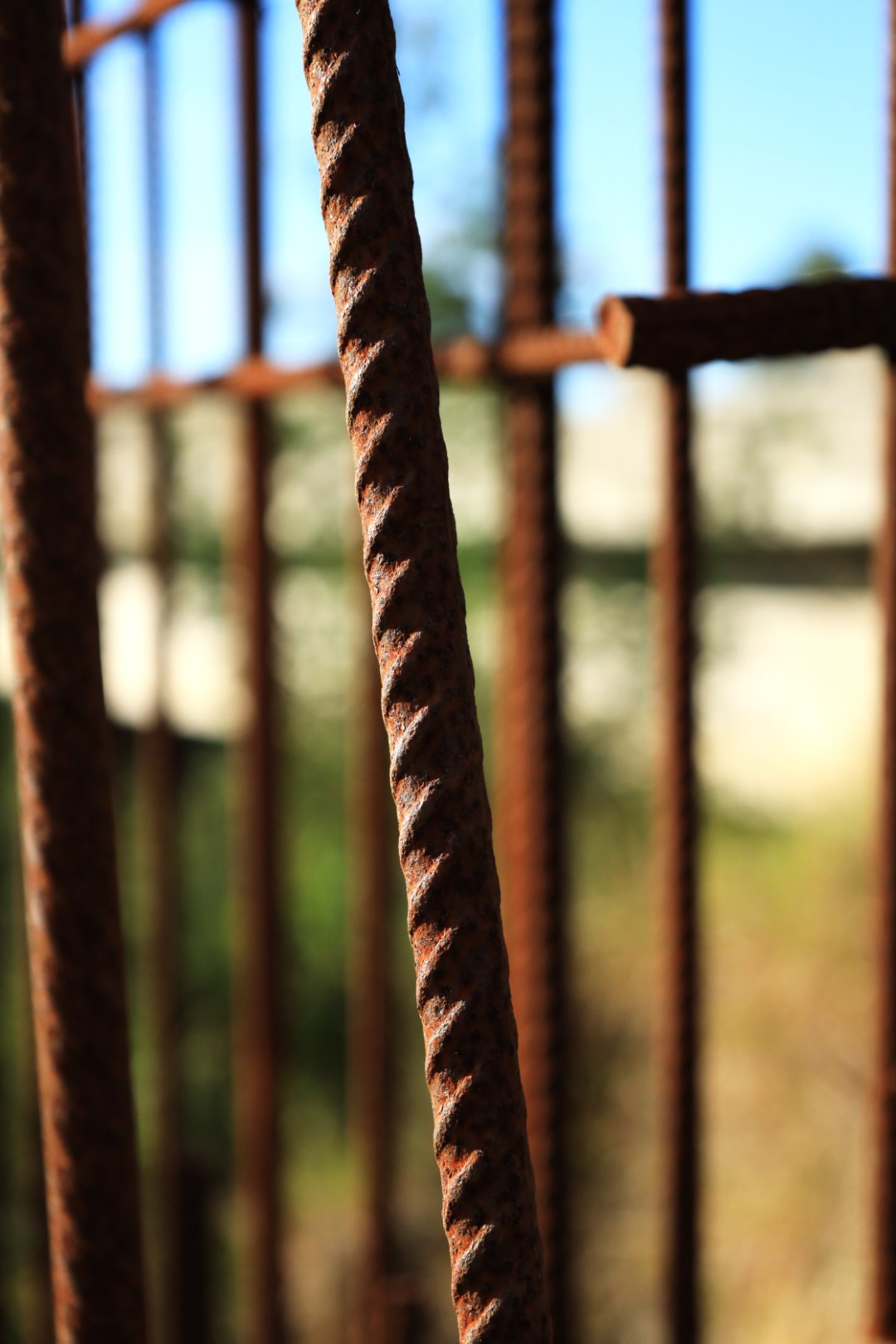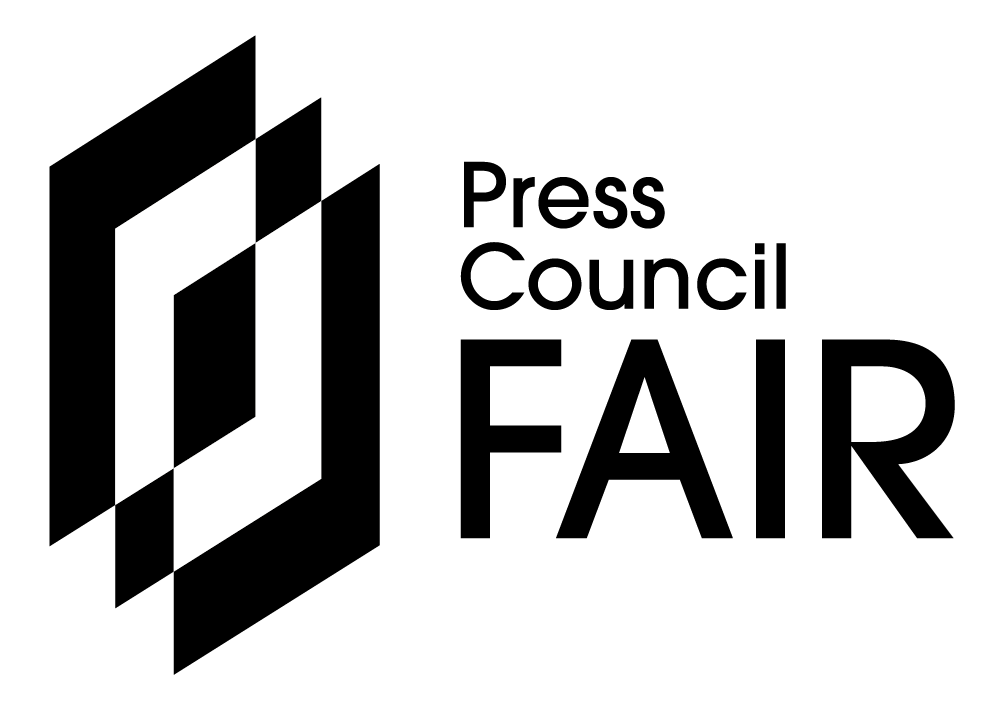Update
GEORGE NEWS - Sanral said it would be at least two more years before the widening of the Gwaiing bridge on the N2 is complete. This as the project is set to go to tender for the third time next month.
It has been almost seven and a half years and two tender processes since the work on what was envisioned to be a 30-month project began, in January 2018.
The original completion date was 28 July 2020, but the first two contractors, KPMM Roads & Earthworks, followed by Mamlambo Construction, failed to deliver. Both of them filed for voluntary liquidation before completing the work they signed up for.
Sanral Western Cape's provincial head, Randall Cable, explained that KPMM had been awarded the contract for the dualling of the bridge and commenced work as indicated above.
However, weighed down by cash flow constraints, their work slowed down and they fell behind schedule. This was further exacerbated by the onset of the Covid-19 pandemic four months before the scheduled completion date.
Important to note is that although the pandemic has had an impact on progress, it was not the primary cause of the significantly delayed work at the time.
KPMM eventually pulled out of the contract in April 2021 (nine months after the original completion date) and filed for voluntary liquidation.
The contract was then assigned to one of its subcontractors, Mamlambo Construction, who, according to Cable, had the appropriate Construction Industry Development Board (CIDB) grading and the relevant construction experience, and was therefore deemed capable of successfully completing the contract.
Unfortunately, history would repeat itself as Mamlambo Construction went bust just seven months into the contract. Its competency was apparently drowned by a flooding incident in the Gwaiing River in November 2021.
"Mamlambo soon experienced financial distress and the company filed for voluntary liquidation in June 2022," said Cable.
Second tender
Following the pair of failures, the contract was terminated and a new procurement process was undertaken for the completion of the outstanding work. Cable said the new tender was advertised on 28 March 2024 and was closed on 10 May.
However, further snags prevented Sanral from appointing a new contractor by October as planned.
A need for additional internal assessments that arose during the evaluation stage extended the timelines. As a result, the tender period lapsed before an award could be made.
Since Sanral's procurement policies and procedures preclude it from awarding a lapsed tender, the project has now been included in its 2025/26 annual procurement plan and a new tender process is set to commence in June.
Tender processes for national highway and road construction projects in South Africa can take six to 12 months to settle. With about 17 months of work still left to do on this project, the best case scenario for completion is around mid-2027. This would put the total project time at about three times the original estimation.

Meanwhile, exposed reinforcement steel either protruding from the abandoned structure or awaiting installation is showing signs of rust and corrosion and might need to be replaced, further escalating the overall project cost.
Cable said the steel already enclosed within the concrete remains unaffected and the integrity of the existing decks and piers is not compromised. However, he said the condition of exposed reinforcement steel would be assessed and any of it deemed unfit will not be used in the completion of the bridge structure.
Safety concerns warranted the N2 Gwaiing upgrade, says Sanral
When the N2 between George and Mossel Bay was converted to a dual-carriage freeway in the early 1980s, the section across the Gwaiing River was somehow designed and built to be narrower.
This, according to Sanral Western Cape's provincial head, Randall Cable, was presumably done due to budget constraints.
He said while the east- and westbound lanes of this 51km portion of the N2 between these two cities were separated by a wide grass meridian, the section that crosses the Gwaing River, about 2km in length, was only separated by a concrete median barrier.
This design required traffic to merge onto a single, narrower structure. Cable said this was no longer regarded as adequate by today's safety standards.
"There is clear evidence of scrapings against the railings due to the narrowness of the bridge. There is also photographic evidence of the high degree of straddling of lanes to avoid the concrete sides of the bridge, which is a serious safety concern, given the high operating speeds," he told George Herald six years ago when construction first stopped and commentators questioned the necessity of the project.
Originally scheduled for completion in July 2020, the now half-a-decade delay has invertedly extended the time motorists are subjected to unsafe road conditions.
Three weeks ago, on April 25, a motorcyclist was taken to hospital after he had collided with a car on the N2 near the Gwaiing bridge roadworks.
Once completed, the capacity of the bridge and approach sections ought to be doubled. There will be two separate east- and westbound bridge structures next to each other, similar to the dual carriageway over the Maalgate River located a few kilometres to the west.
George Herald previously reported the original contract value to be about R170m.
 What the bridge over the Gwaiing looked like in April 2019, 15 months into the 30-month widening project and two months after work had stopped for the first time. Photo: Alida de Beer
What the bridge over the Gwaiing looked like in April 2019, 15 months into the 30-month widening project and two months after work had stopped for the first time. Photo: Alida de Beer
‘We bring you the latest Garden Route, Hessequa, Karoo news’
















